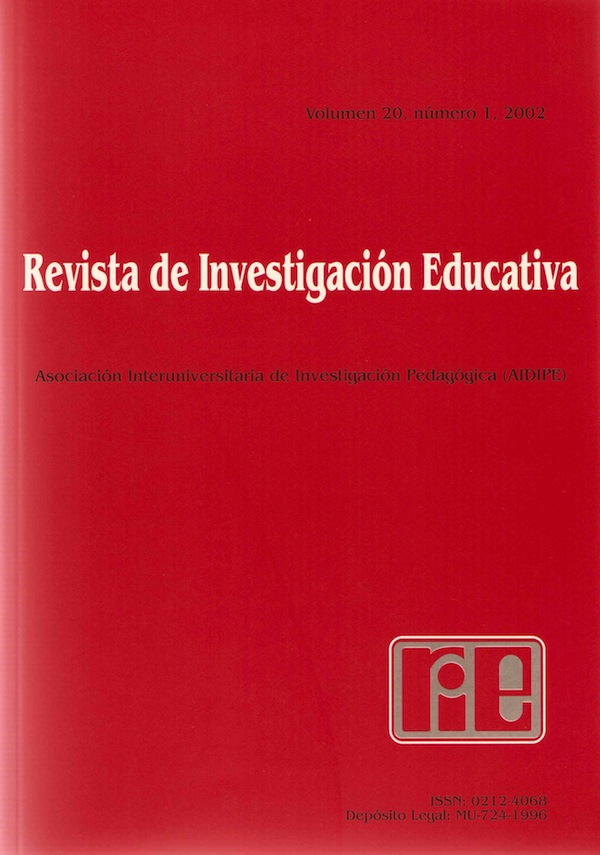La calidad en el proceso de corrección de las pruebas de acceso a la universidad: variabilidad y factores
Resumen
El informe que presentamos resume una investigación realizada en 1997 en el marco de un proyecto más ampliode seguimientoy mejora de las Pruebas de Acceso a la Universidad (PAU) iniciado dos añosantesen Catalunya. El objetivo concreto del presente trabajo es el estudio de la calidad de la corrección en cuatro asignaturas que constituyen sendas pruebas en lasPAU:Filosofía, Biología, Matemáticas I y Literatura Catalana. El estudio confirma las diferencias existentes entre correctores, siendo mayor la magnitud de dichas diferencias en las asignaturas de Filosofía y de Literatura catalana, así como la necesidad de introducir mejoras en el sistema de elaboración y corrección de las pruebas. Al mismo tiempo, desde el punto de vista metodológico, el estudio poneen evidencia las limitaciones de algunos indicadores clásicos de la calidad, confirmando la idoneidad del modelo de descomposición de la varianza(Longford, 1994) ya especificado por los autores en un estudio anterior. El interés de este tipo de estudios en un momento de transición del sistema PAU-COU al sistemaPAU-LOGSEes innegable: aportan información útil en la toma de decisiones.Descargas
-
Resumen474
-
PDF296
Las obras que se publican en esta revista están sujetas a los siguientes términos:
1. El Servicio de Publicaciones de la Universidad de Murcia (la editorial) conserva los derechos patrimoniales (copyright) de las obras publicadas, y favorece y permite la reutilización de las mismas bajo la licencia de uso indicada en el punto 2.
2. Las obras se publican en la edición electrónica de la revista bajo una licencia Creative Commons Reconocimiento-NoComercial-SinObraDerivada 3.0 España (texto legal). Se pueden copiar, usar, difundir, transmitir y exponer públicamente, siempre que: i) se cite la autoría y la fuente original de su publicación (revista, editorial y URL de la obra); ii) no se usen para fines comerciales; iii) se mencione la existencia y especificaciones de esta licencia de uso.
3. Condiciones de auto-archivo. Se permite a los/as autores/as a difundir electrónicamente las versiones pre-print (versión antes de ser evaluada) y/o post-print (versión evaluada y aceptada para su publicación) de sus obras antes de su publicación, ya que favorece su circulación y difusión más temprana y con ello un posible aumento en su citación y alcance entre la comunidad académica.









